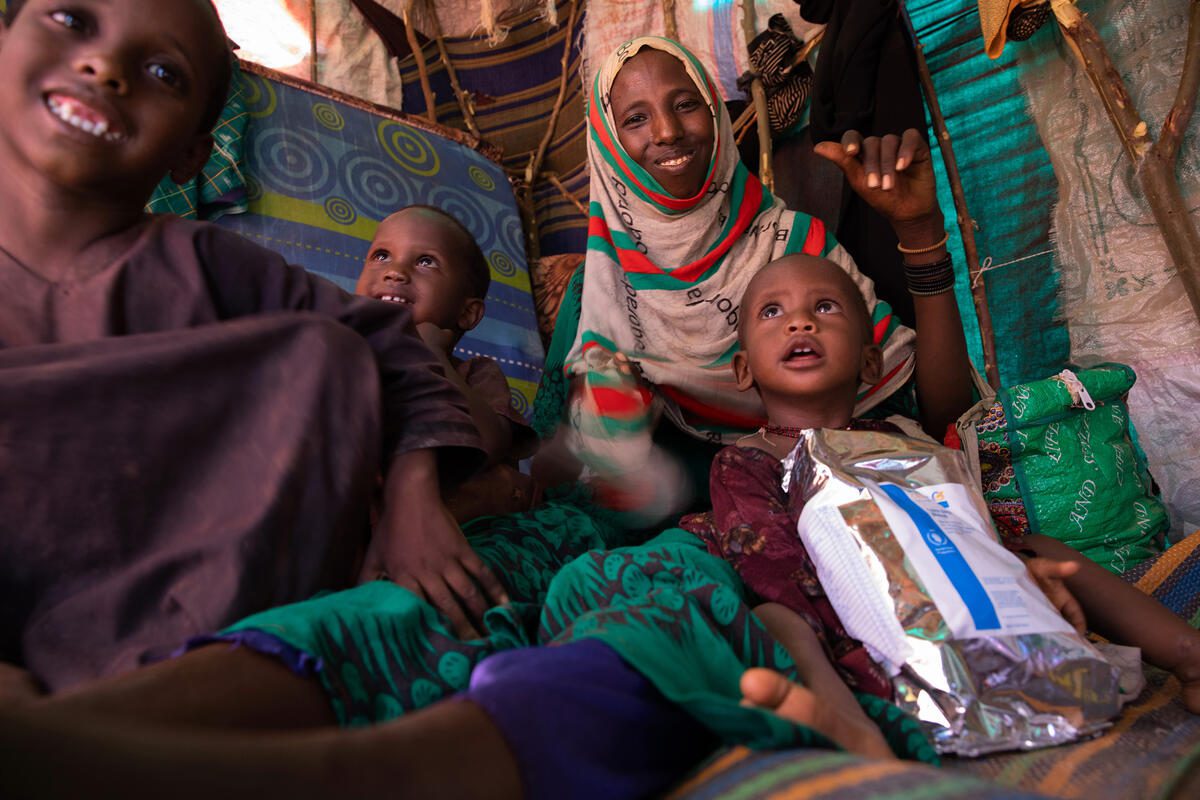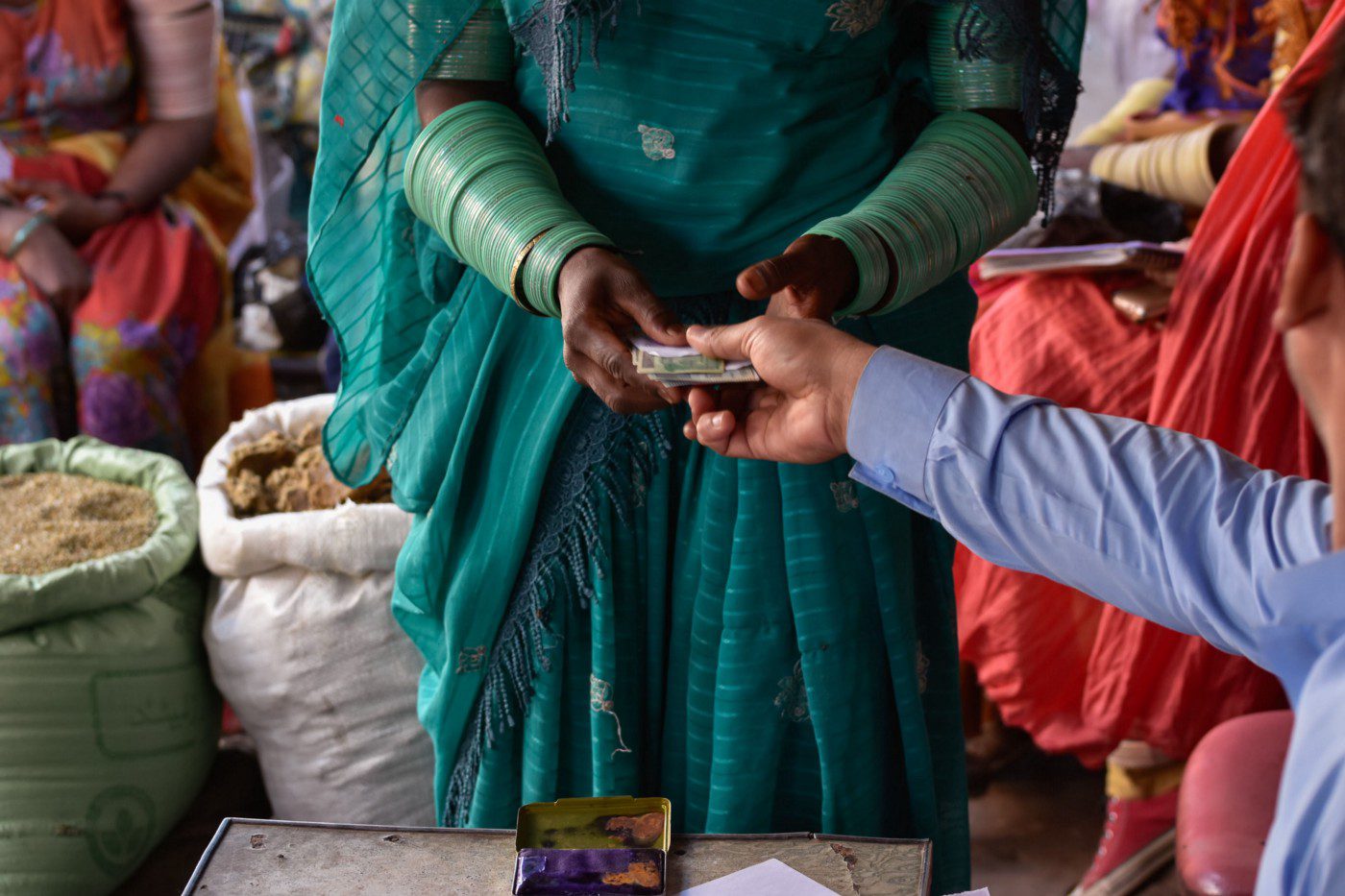Host to Refugees
Jordan has a young, largely urban population of 10.9 million. While the country is considered food secure with a score of 8.8 on the 2020 Global Hunger Index, food security is challenged by a multitude of structural and political factors including high poverty rates, unemployment, slow economic growth and increased cost of living.
93% of refugee households are below the refugee poverty line. The results of a WFP June 2021 analysis showed 23.4% of refugees are hungry, with an additional 60% at risk of hunger.
You can make a difference. By understanding issues, learning how to civically engage, and joining the movement to end global hunger for good.
 WFP/Marwa Awad
WFP/Marwa Awad






